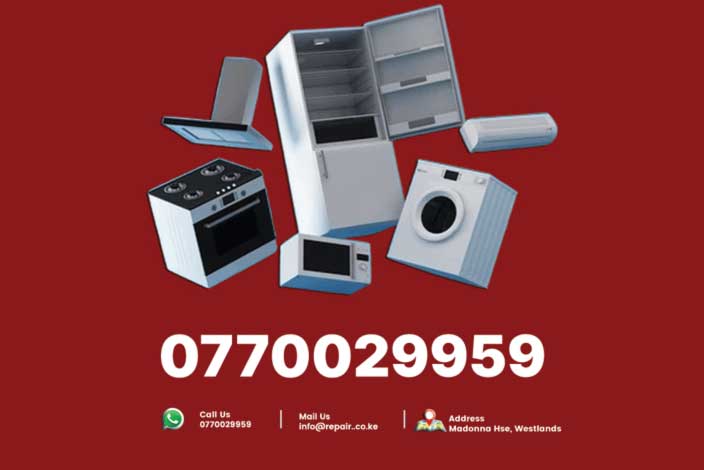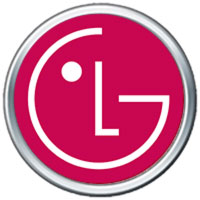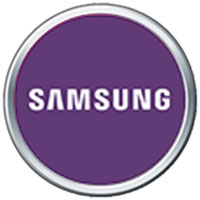Television Repair Guide for Common Faults
By Repair.co.ke
Television problems can be frustrating, especially when your favorite show is about to start or during important live events. While modern TVs are generally reliable, they can develop various issues over time. Understanding common television faults and their solutions can help you determine whether a problem requires professional repair or can be resolved with simple troubleshooting steps.
Power-Related Issues
One of the most common television problems is power failure. If your TV won't turn on, first check the obvious: ensure the power cord is securely connected to both the TV and wall outlet. Test the outlet with another device to confirm it's working properly. Examine the power cord for visible damage such as fraying, cuts, or bent plugs.
Remote control issues often masquerade as power problems. Try turning the TV on using the power button on the unit itself. If this works, the issue lies with your remote control. Replace the batteries and ensure nothing is blocking the infrared sensor on both the remote and TV. Clean both sensors with a soft, dry cloth to remove dust or debris that might interfere with signal transmission.
Internal power supply failures require professional diagnosis. Symptoms include the TV clicking when you attempt to turn it on but failing to power up, or LED indicators that flash but don't result in normal operation. These issues typically involve capacitor failure or power board problems that require specialized tools and expertise to repair safely.
Display and Picture Quality Problems
Screen issues manifest in various ways, each pointing to different potential causes. A completely black screen with sound indicates a backlight failure, common in LCD and LED TVs. This repair typically requires professional service as it involves delicate internal components and specialized replacement parts.
Vertical or horizontal lines across the screen often suggest problems with the display panel's connection cables or the panel itself. Gentle pressure on the TV frame sometimes temporarily resolves this issue, indicating loose internal connections that need professional attention.
Color problems, such as missing colors, oversaturated images, or color distortion, can sometimes be resolved through menu settings adjustments. Access your TV's picture settings and try resetting to factory defaults. If problems persist, the issue may involve failing color processing circuits or panel deterioration.
Flickering screens often result from loose connections, failing capacitors, or power supply fluctuations. Check all cable connections first, ensuring they're tight and properly seated. If flickering continues across all inputs, internal component failure is likely the culprit.
Audio Problems
Sound issues in televisions range from complete audio failure to distorted or intermittent sound. Start by checking volume settings and ensuring the TV isn't muted. Test different audio sources to determine if the problem affects all inputs or just specific ones.
External speaker connections can cause audio problems. If you're using soundbars, home theater systems, or headphones, disconnect them temporarily to test the TV's internal speakers. Sometimes, the TV remains connected to Bluetooth devices that aren't powered on, routing audio to an inactive output.
Distorted sound, crackling, or intermittent audio often indicates speaker damage or amplifier circuit problems. These issues typically require professional repair, especially if they affect the TV's internal speakers across multiple volume levels.
Connectivity and Input Issues
Modern TVs rely heavily on various input connections, and problems here can significantly impact functionality. HDMI issues are particularly common, ranging from "no signal" messages to intermittent connection losses. Try different HDMI cables and ports to isolate the problem. Ensure cables are fully inserted and not damaged.
Smart TV connectivity problems often stem from network issues rather than TV hardware. Check your Wi-Fi connection strength and try connecting via Ethernet cable to test network functionality. Restart your router and TV to refresh network connections.
When to Seek Professional Help
Certain television problems always require professional attention. Internal component failures, screen replacements, and electrical issues pose safety risks when handled without proper training and tools. Additionally, warranty considerations should influence your repair decisions – attempting DIY repairs on newer TVs may void manufacturer warranties.
Professional diagnosis becomes essential when basic troubleshooting fails to resolve issues, when multiple symptoms appear simultaneously, or when problems intermittently return after temporary fixes. Qualified technicians have specialized equipment to test internal circuits and access genuine replacement parts that ensure reliable, long-lasting repairs.
Understanding these common television faults empowers you to make informed decisions about repairs while helping you communicate effectively with professional repair services when needed.






